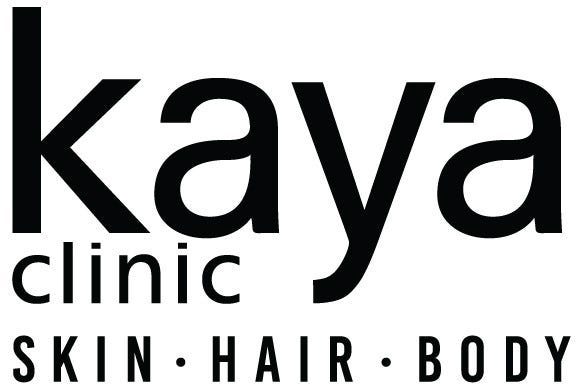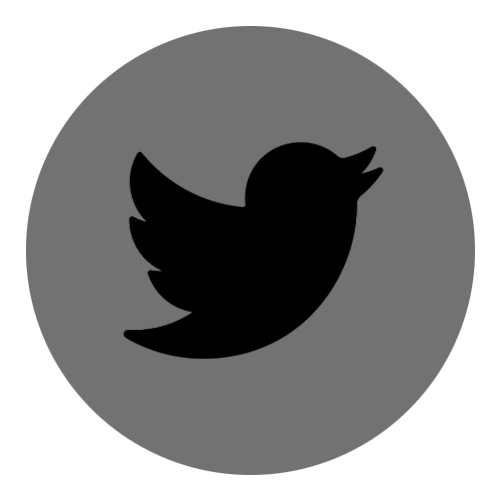PRP Treatment | Forum
Kaya Skin Clinic Support Forum
Support Forum
PRP Treatment | Forum
|
|
|
|
|
How does PRP help with hair loss?
PRP (Platelet-Rich Plasma) therapy is a popular treatment for hair loss that uses your own blood to promote hair growth. Here’s a simple explanation of how it works: 1. What is PRP?
2. How It Works
3. Stimulates Hair Follicles
4. Increases Blood Flow
5. Reduces Hair Loss
6. Safe and Natural
7. Results Over Time
26 replies
0
|
|
Can PRP therapy be combined with other treatments?
Yes, PRP therapy can be combined with other treatments to enhance its effectiveness for hair loss. Here’s how it works: 1. Hair Transplants
2. Hair Thread Treatment
3. Topical Treatments
4. Oral Medications
5. Mesotherapy
6. Low-Level Laser Therapy (LLLT)
7. Diet and Supplements
26 replies
0
|
|
Are there any side effects of PRP therapy?
PRP therapy is generally safe since it uses your own blood, but like any medical procedure, it can have some side effects. Here’s what you might experience: 1. Common Side Effects
2. Rare Side Effects
3. Allergic Reactions
4. Temporary Hair Shedding
5. Pain During or After
6. Precautions to Avoid Side Effects
26 replies
0
|
|
When can I expect to see results from PRP treatment?
PRP therapy works gradually to improve hair health and stimulate growth. Here’s a timeline of what you can expect: 1. Immediate Effects
2. 1-3 Months
3. 3-6 Months
4. 6-12 Months
5. Maintenance
26 replies
0
|
|
How many PRP sessions are needed?
The number of PRP therapy sessions required for hair loss depends on individual factors like the severity of hair thinning and your treatment goals. Here’s a general guideline: 1. Initial Treatment Phase
2. Maintenance Phase
3. Factors Influencing the Number of Sessions
4. Personalized Treatment Plan
26 replies
0
|
|
What is the recovery time after PRP therapy?
PRP therapy is a minimally invasive procedure with little to no downtime, making it a convenient option for hair restoration. Here’s a detailed breakdown of the recovery process: 1. Immediate Post-Treatment
2. First 24-48 Hours
3. 3-5 Days
4. 1 Week
5. Long-Term Care
26 replies
0
|
|
Is PRP treatment painful?
PRP treatment is generally well-tolerated, but some level of discomfort may be experienced due to the nature of the procedure. Here’s a detailed explanation: 1. Pain During the Procedure
2. Sensitivity Levels
3. Post-Treatment Sensations
4. Pain Management
5. Professional Techniques
26 replies
0
|
|
How long does a PRP treatment session take?
PRP treatment is relatively quick and convenient. Here’s what you can expect regarding the time needed for a session: 1. Total Duration
2. Steps Involved
3. Consultation and Preparation
4. Minimal Downtime
26 replies
0
|




